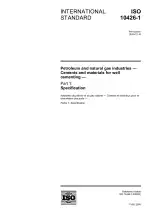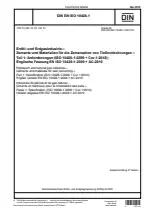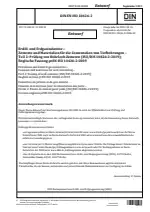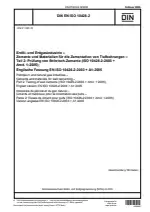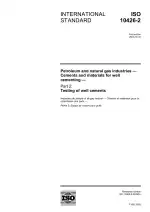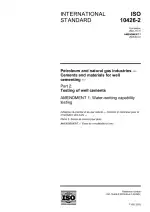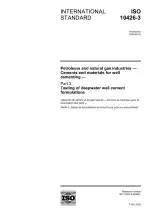Petroleum and natural gas industries - Cements and materials for well cementing - Part 1: Specification
Also Known As:
ISO 10426-1:2009 is a standard that specifies the requirements and provides recommendations for different classes of well cements used in the petroleum and natural gas industries. The standard includes the chemical and physical requirements for these cements, as well as procedures for conducting physical testing.
The standard covers six classes of well cements, namely classes A, B, C, D, G, and H. Classes A, B, C, and D are produced by grinding Portland cement clinker and may include calcium sulfate as an interground additive. These classes can also incorporate processing additives during manufacturing, and class D cement may include set-modifying agents.
Classes G and H, on the other hand, are produced by grinding clinker with no additives other than calcium sulfate, water, or specific chemical additives required for reducing chromium (VI) content.
| Edition | 3 |
| ICS Codes | 75.020 - Extraction and processing of petroleum and natural gas 91.100.10 - Cement. Gypsum. Lime. Mortar |
| Language(s) | English |
| File Size | 1.3 MB |

